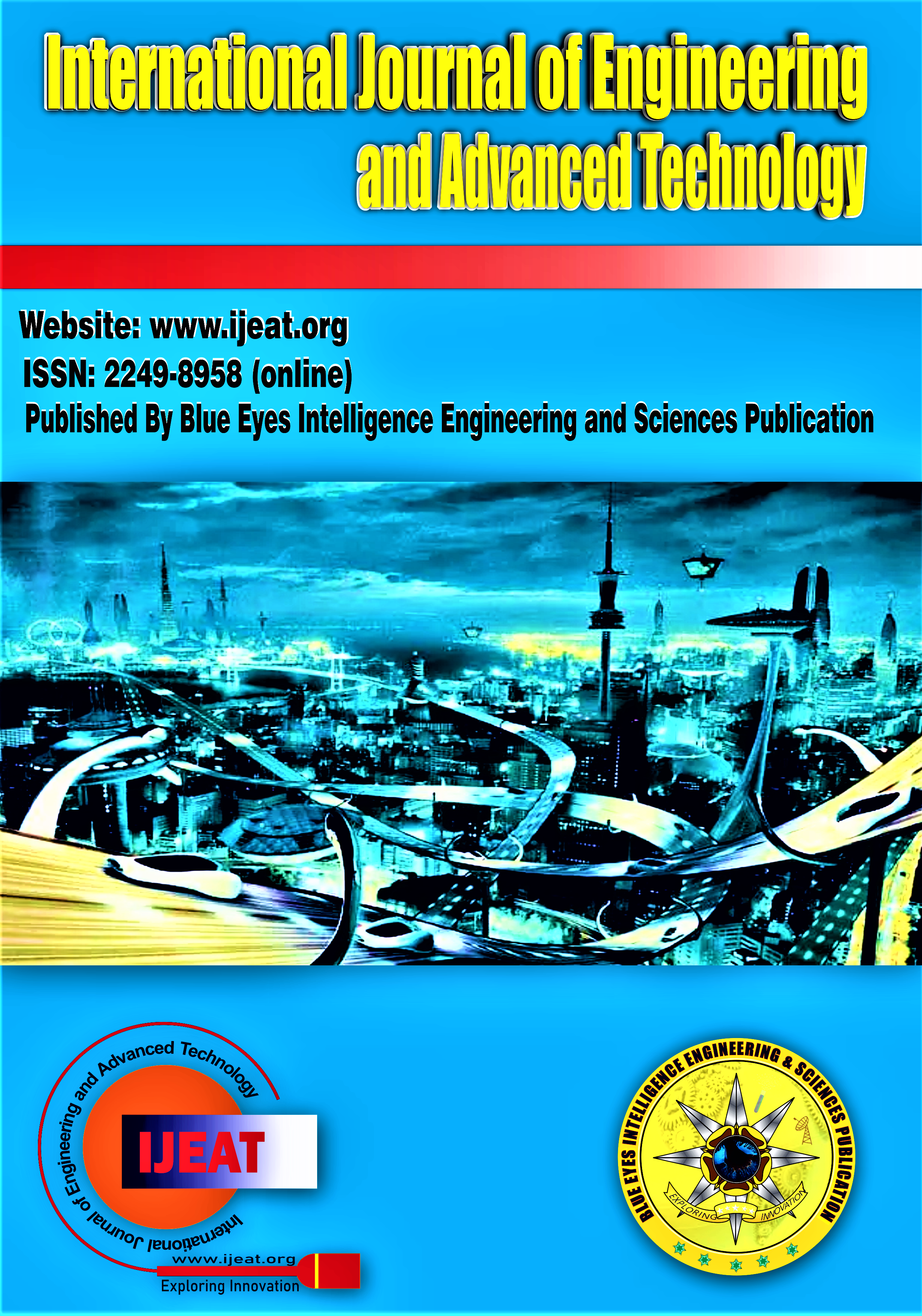Information Categorization for Canopy Mapping using Quality Control (QC) Tool – Affinity Diagram (KJ Method)
Main Article Content
Abstract
Canopy mapping involves the process of accurately delineating and assessing the distribution and extent of green spaces, trees, and vegetation within a designated area. Understanding the canopy's characteristics holds paramount importance, as it plays a critical role in supporting biodiversity, regulating microclimates, and mitigating the adverse impacts of urbanization on the environment. This research paper focuses on exploring the practical application of the KJ method and collaborative brainstorming to gather and organize relevant information for canopy mapping. The study engaged six undergraduate students, under the guidance of a faculty member specialized in geoinformatics, in a productive brainstorming session, generating twenty-one diverse ideas related to canopy mapping. Through a methodical process of iterative refinement and consensus-building, the students effectively grouped these ideas into four distinct categories: "Data Sources," "Canopy Estimation Process," "Canopy Map Development," and "Accuracy Assessment." The resulting Affinity Diagram served as a clear and well-structured representation of the research paper's key aspects, harnessing the collective intelligence of the team to organize complex information and facilitate the precise mapping of tree canopies. This collaborative approach proved instrumental in enhancing the project's efficiency and effectiveness, promoting a cooperative environment that fosters innovation and informed decision-making.
Downloads
Article Details
Section

This work is licensed under a Creative Commons Attribution-NonCommercial-NoDerivatives 4.0 International License.
How to Cite
References
Ahmed, S., Mohamed, H., Minhawy, A. H. E., & Zaher, A. (2022). Application of Quality Control Tools in Carpet Industry: A Case Study. Trends in Sciences, 19(14), 5095-5095. https://doi.org/10.48048/tis.2022.5095
Bhaskar, S. (2019) “A Research on Causes of Underemployment of Engineering Graduates through Quality Control (QC) Tool - Affinity Diagram (KJ Method)”. In International Journal of Engineering and Advanced Technology (Vol. 8, Issue 6S, pp. 531–533). https://doi.org/10.35940/ijeat.F1107.0886S19
Blodgett, C., Jakubauskas, M., Price, K., & Martinko, E. (2000, May). Remote sensing-based geostatistical modeling of forest canopy structure. In ASPRS 2000 Annual Conference, Washington, DC, May (Vol. 2226).
Cheng, Ying-Mei, and Sou-Sen Leu. (2011) "Integrating data mining with KJ method to classify bridge construction defects." Expert Systems with Applications 38.6: 7143-7150. https://doi.org/10.1016/j.eswa.2010.12.047
Ibrahim, N. H., Mohamed Makhbul, Z. K., Ayob, A. H., Nagamachi, M., & Lokman, A. M. (2022). Conceptualising Kansei in Affective Work Events Counterproductive Work Behaviour Model. In 9th International Conference on Kansei Engineering and Emotion Research. KEER2022. Proceedings (pp. 171-182). https://doi.org/10.5821/conference-9788419184849.16
Lucero, A. (2015). Using affinity diagrams to evaluate interactive prototypes. In Human-Computer Interaction–INTERACT 2015: 15th IFIP TC 13 International Conference, Bamberg, Germany, September 14-18, 2015, Proceedings, Part II 15 (pp. 231-248). Springer International Publishing. https://doi.org/10.1007/978-3-319-22668-2_19
Scupin, Raymond. (1997) "The KJ method: A technique for analyzing data derived from Japanese ethnology." Human organization 56.2: 233-237. https://doi.org/10.17730/humo.56.2.x335923511444655
Nagaraju*, T., & Suneetha, Dr. Ch. (2019). Distributed Framework for Processing High Resolution Remote Sensing Images. In International Journal of Engineering and Advanced Technology (Vol. 9, Issue 1, pp. 4287–4292). Blue Eyes Intelligence Engineering and Sciences Engineering and Sciences Publication - BEIESP. https://doi.org/10.35940/ijeat.j9976.109119
V E, S., Moorthy, U., Park, J., Shin, C., & Cho*, Y. (2019). Internet Role in Remote Sensing and Geo Informatics System. In International Journal of Innovative Technology and Exploring Engineering (Vol. 9, Issue 2, pp. 57–64). Blue Eyes Intelligence Engineering and Sciences Engineering and Sciences Publication - BEIESP. https://doi.org/10.35940/ijitee.a4859.129219
J, P., & S., Dr. A. (2021). Shoreline Change Detection from Cuddalore to Nagapattinam Coast, Tamil Nadu. In International Journal of Recent Technology and Engineering (IJRTE) (Vol. 10, Issue 3, pp. 188–191). Blue Eyes Intelligence Engineering and Sciences Engineering and Sciences Publication - BEIESP. https://doi.org/10.35940/ijrte.c6476.0910321
Pritee, K., & Garg, R. D. (2022). Criticality Trend Analysis Based on Different Types of Accidents using Data Mining Approach. In Indian Journal of Data Mining (Vol. 2, Issue 1, pp. 1–14). Lattice Science Publication (LSP). https://doi.org/10.54105/ijdm.c1618.051322





